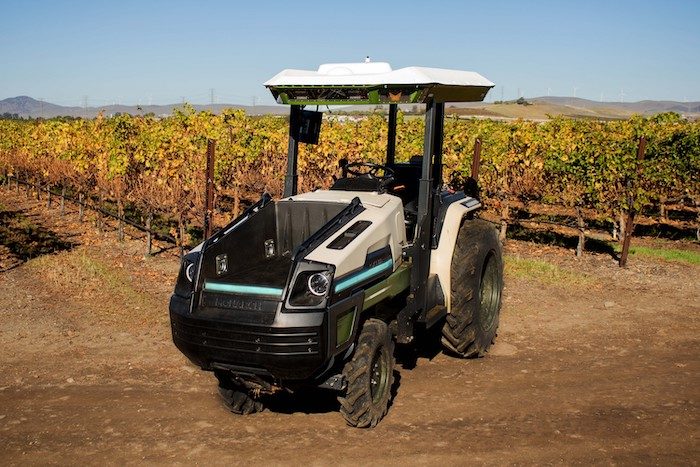The electrification of tractors could follow Tesla’s strategy for lowering the cost of production for electric vehicles.
Wright’s Law is a learning curve, showing how the more times a task is performed, the less time it requires on each subsequent iteration. As production becomes more efficient, costs decrease.
Wright’s Law forms the foundation for Elon Musk’s Tesla strategy — and the emerging electric tractor market, says Shane Thomas, author of Upstream Ag Insights. Tesla entered the high end of the market and then achieved higher unit volume and lower prices with each successive model of car.
Thomas compares the small tractor market to the high-end car market. Small tractors are frequently used in orchards and horticulture — areas where fields aren’t huge if batteries die quickly and implements are much smaller. These segments are a great proving ground, Thomas says, and could become a proxy of how fast electric tractors come to the large-scale market.
As electric tractor companies learn more about production and use of electric tractors, those lessons learned will apply to the large tractor market. Plus, Wright’s Law indicates lithium-ion battery cell costs fall by 28% for every doubling of units produced, according to Thomas.
“There are a lot less tractors produced than cars, but I assume there is still some synergy between the car market electric growth and what can be applied to tractors,” Thomas writes.




